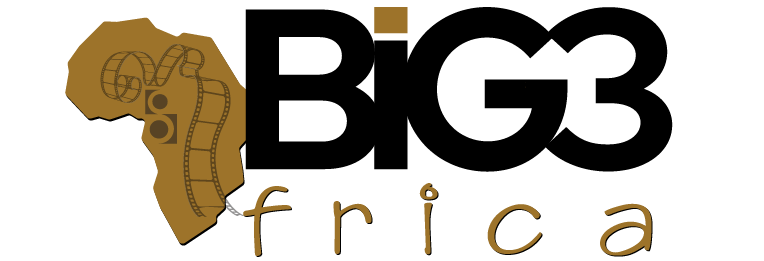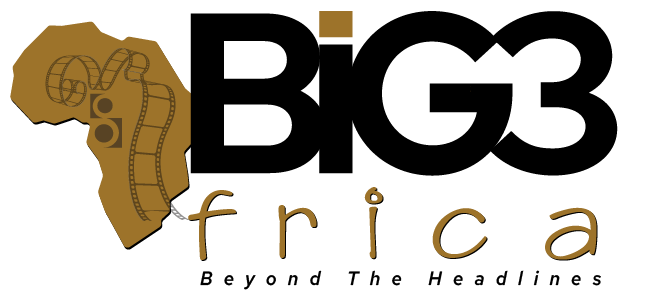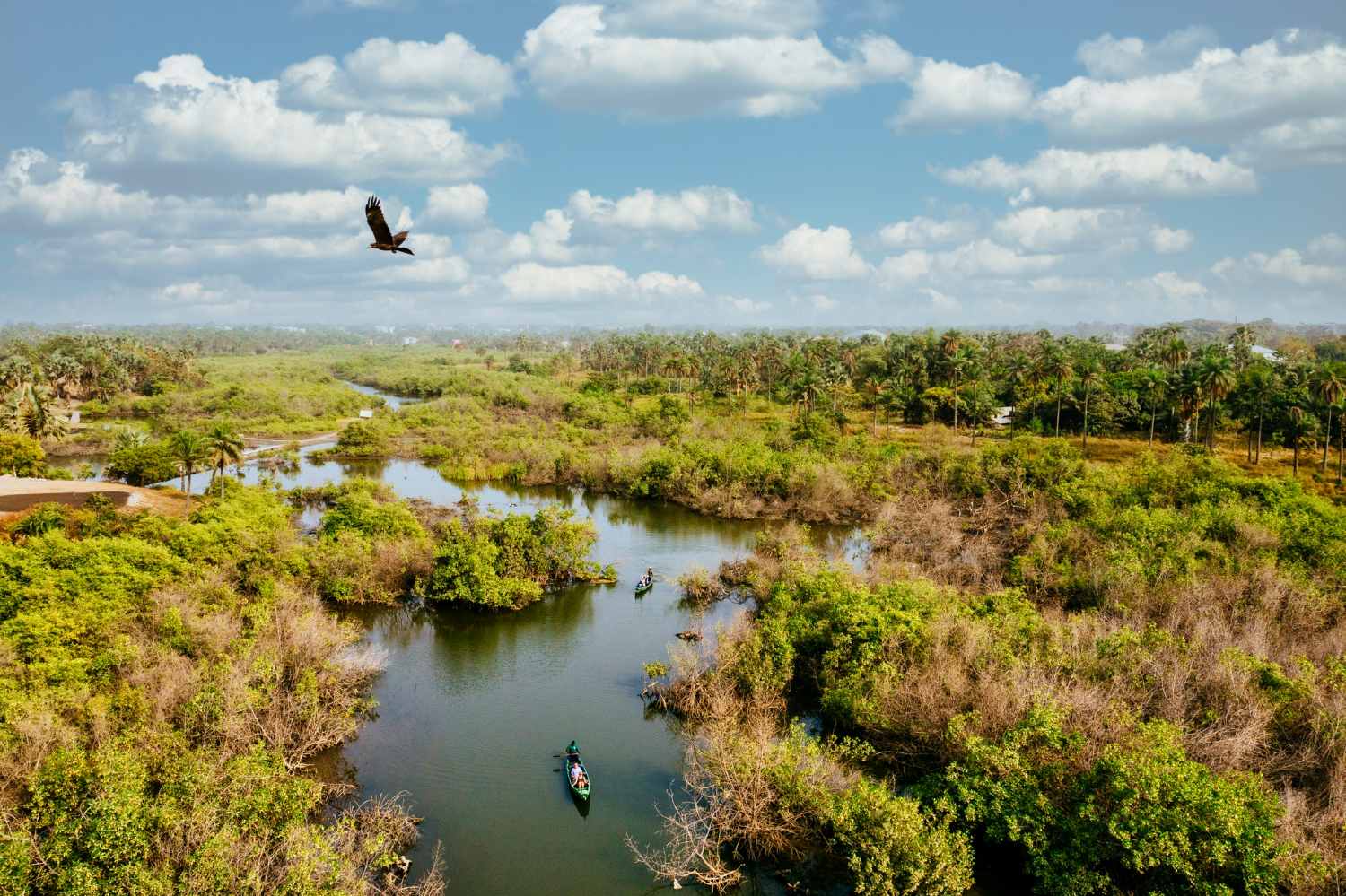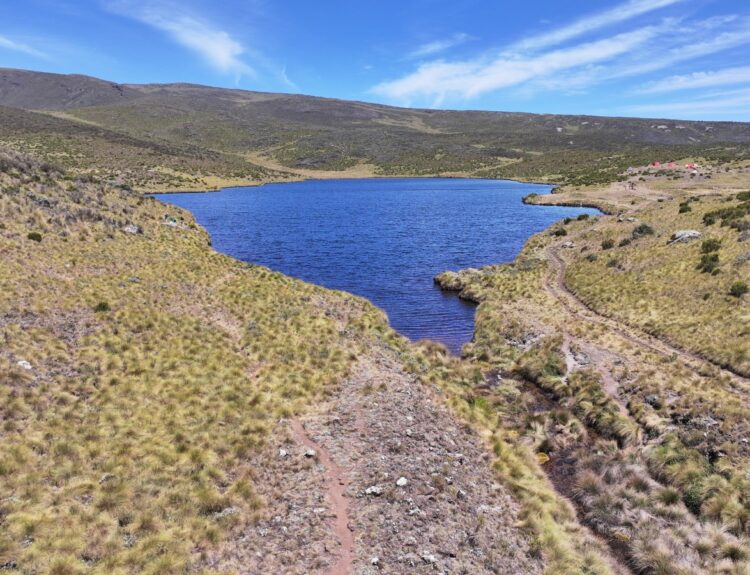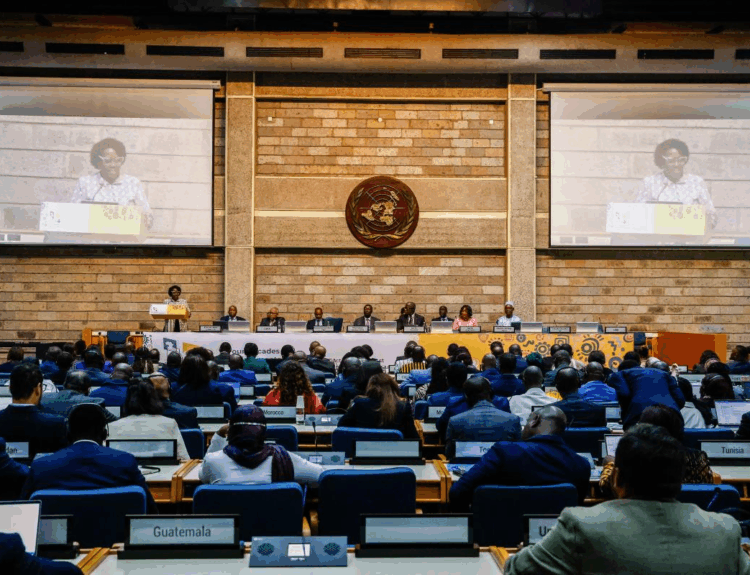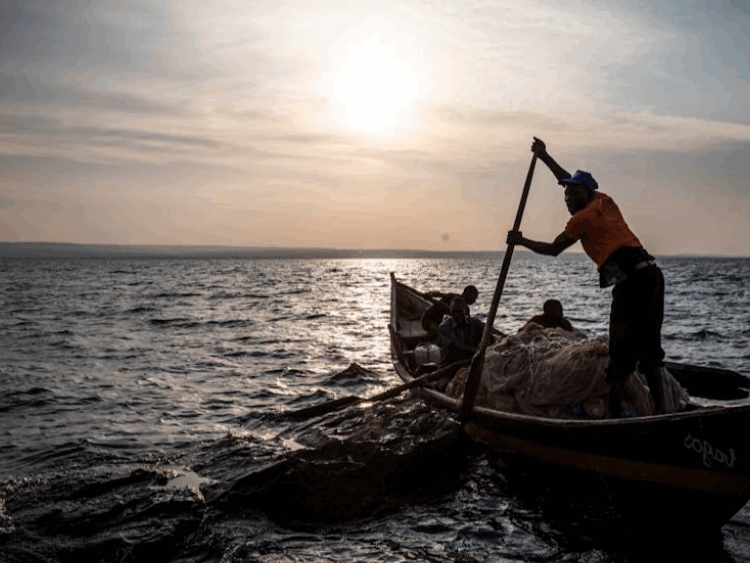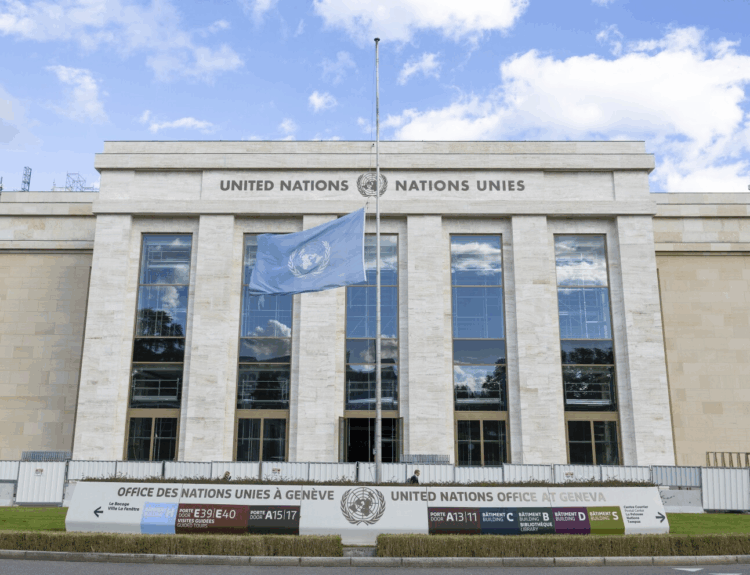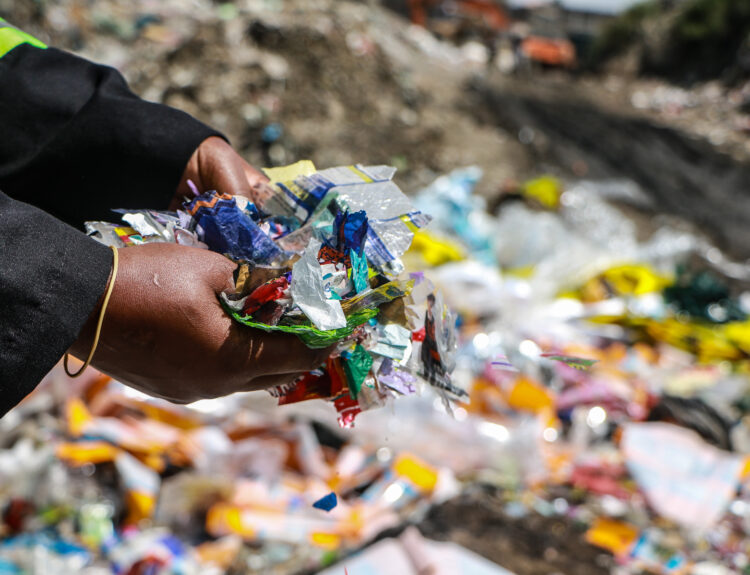Imagine a vast, sprawling landscape teeming with life, water shimmering under the sun, birds calling overhead, and plants thriving in a delicate balance. This is a wetland, one of the most valuable and vulnerable ecosystems on the planet. Often called the “lungs of Earth,” wetlands perform a vital role much like our own lungs do: they regulate the balance of gases, absorbing carbon dioxide and releasing oxygen, helping to cool our warming planet.
But today, wetlands are vanishing at an alarming rate.
A recent report unveiled at the 20th Ordinary Session of the African Ministerial Conference on the Environment (AMCEN-20) by Wetlands International paints a stark picture. Since 1970, nearly a quarter of the world’s wetlands have been lost. To put that in perspective, the area lost is equivalent to more than half a billion football fields. Without urgent intervention, experts warn that another 20% could disappear by 2050. These numbers are more than statistics—they represent ecosystems in collapse, communities losing vital water sources, and the planet losing a powerful natural ally against climate change.
Julie Mulonga, Director for Eastern Africa at Wetlands International, shared her concerns at the United Nations Environment Programme headquarters. “Our rivers are drying up. Lakes are filling with pollution. Coastal wetlands are disappearing,” she said. “This loss is hitting people hard—families face water shortages, farms and fisheries struggle, and coastal communities become more vulnerable to storms and rising seas.”
But it’s not all doom and gloom.
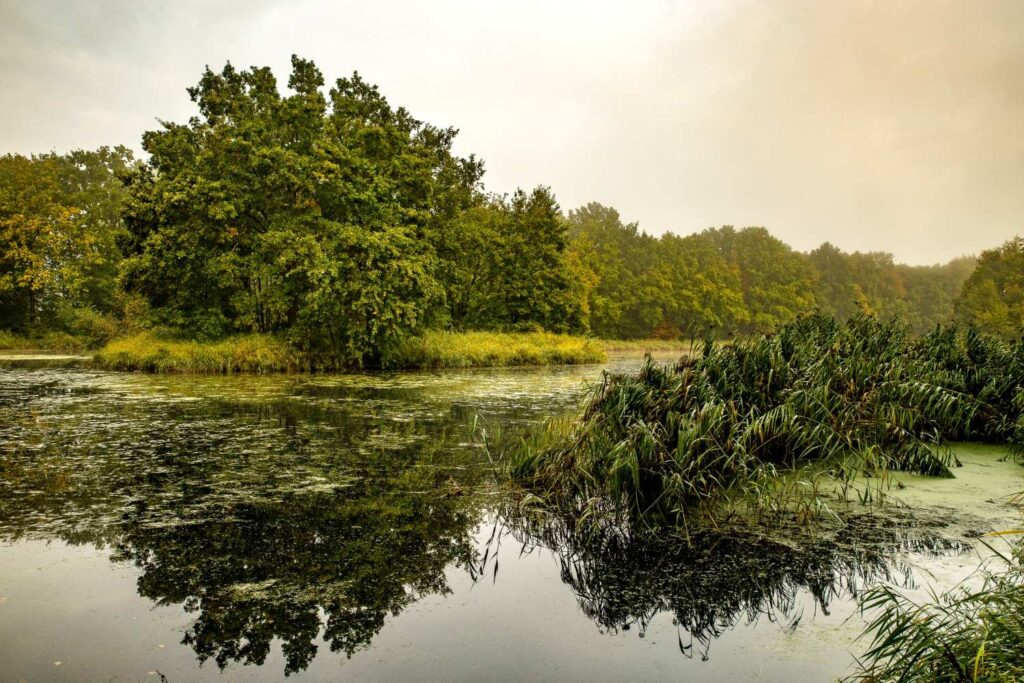
Around Eastern Africa, communities are leading inspiring efforts to restore these precious ecosystems. In Ethiopia, over 3,300 hectares of wetlands have been revived through nature-based solutions. In Kenya, young people have rallied to restore 100,000 mangroves while developing eco-friendly businesses like crab farming and beekeeping—creating jobs while securing food supplies. Similar efforts in Uganda and Tanzania are protecting key peatlands and mangroves, helping to lock away carbon and build resilience against climate shocks.
Experts emphasize that wetlands are far more than patches of soggy land. They are biodiversity hotspots, water regulators, coastal defenders, and carbon sinks worth an estimated $39 trillion globally. Yet protecting and restoring them requires significant investment—between $275 billion and $550 billion each year.
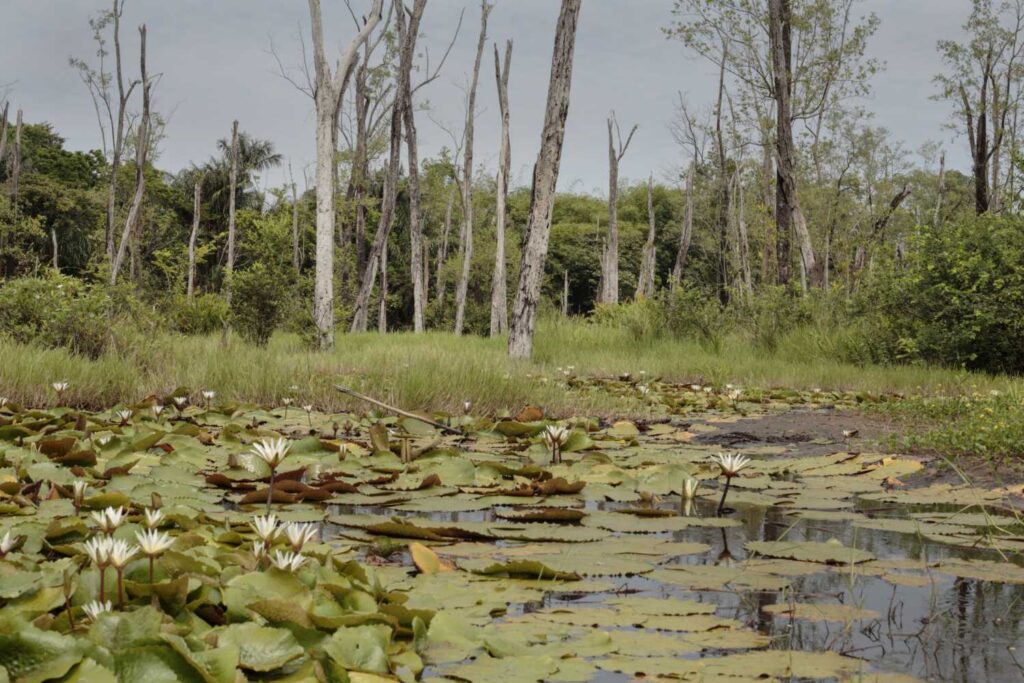
One bold idea gaining momentum is the recognition of the “Rights of Wetlands.” This concept frames wetlands as living ecosystems with intrinsic rights to exist, thrive, and be restored. Embedding these rights in laws could revolutionize conservation efforts, ensuring wetlands are no longer treated as wastelands but as vital natural assets.
With the Convention on Wetlands COP15 set to take place in Zimbabwe later this month, the world faces a critical moment. Leaders from 172 countries will gather to make decisions that could shape the fate of wetlands for decades to come. The hope is that these discussions will spark bold actions to halt the loss and unlock restoration opportunities on a global scale.
For those who depend on wetlands—for clean water, food, and protection from climate impacts—the stakes couldn’t be higher. Saving wetlands is not just about preserving nature; it’s about securing a livable future for all of us.
